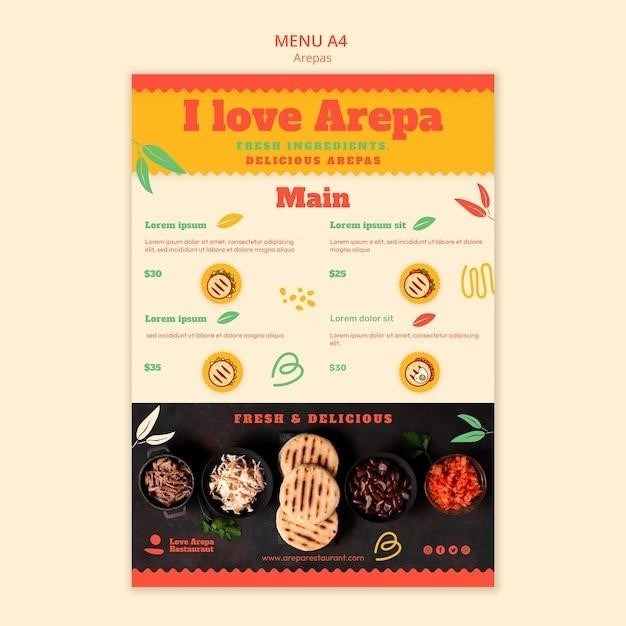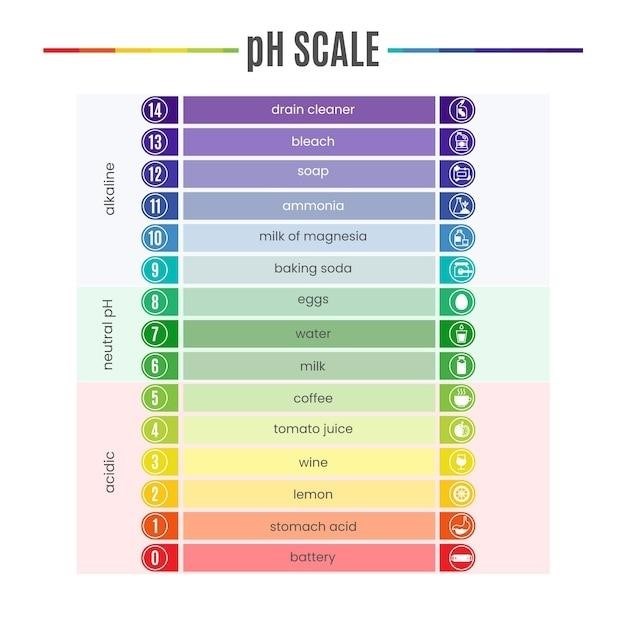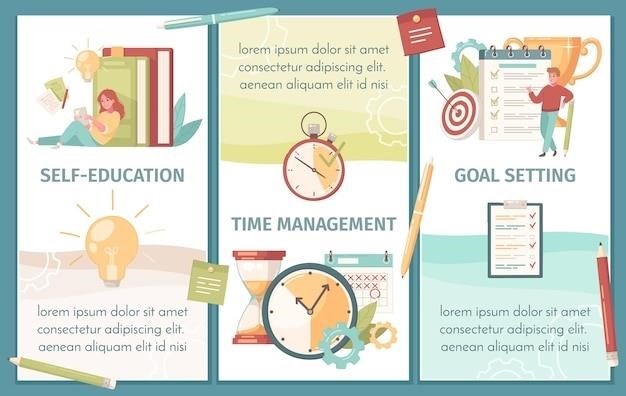Go Tell It on the Mountain⁚ A Literary Exploration
James Baldwin’s “Go Tell It on the Mountain” is a seminal work of American literature that explores themes of faith, family, and identity through the lens of a young Black man’s coming-of-age in Harlem during the 1930s. This powerful novel delves into the complexities of religious experience, the impact of racism and social inequality, and the enduring power of personal narratives.
The Novel’s Genesis
“Go Tell It on the Mountain” emerged from the heart of James Baldwin’s own experiences, shaping his literary debut into a deeply personal and poignant exploration of faith, family, and identity. Born in 1924 in Harlem, Baldwin’s upbringing was steeped in the vibrant, yet challenging, world of the Black community in New York City. He was raised in a strict Pentecostal household, an experience that would profoundly influence his worldview and artistic sensibilities. The novel’s genesis can be traced back to Baldwin’s own struggles with his faith and his yearning for a sense of belonging within a society marked by racial prejudice and discrimination.

While the novel is not strictly autobiographical, it draws heavily on Baldwin’s childhood experiences, weaving them into the fictional narrative of John Grimes. John, a young Black boy growing up in Harlem, grapples with his own religious beliefs, the complexities of his family relationships, and the pervasive presence of racism in his everyday life. Through John’s journey, Baldwin explores the universal themes of coming-of-age, the search for meaning, and the impact of societal forces on individual identity. “Go Tell It on the Mountain” is a testament to the power of personal experience to shape literary creations, transforming Baldwin’s own journey into a universal narrative that continues to resonate with readers across generations.
The Story’s Setting⁚ Harlem in the 1930s
Harlem in the 1930s, a vibrant hub of Black culture and a breeding ground for the Harlem Renaissance, serves as the backdrop for “Go Tell It on the Mountain.” This era was a time of both progress and struggle for African Americans, marked by a burgeoning artistic movement and a deep-seated reality of racial discrimination and economic hardship. The novel’s setting, therefore, is not just a physical location but a symbolic space where the complexities of Black life in America intersect with personal journeys of faith, identity, and belonging.
The streets of Harlem, with their teeming life and a sense of community, provide a tangible framework for the novel’s exploration of social dynamics. From the bustling streets to the intimate confines of homes and churches, Harlem becomes a stage for John Grimes’s coming-of-age, reflecting the social and cultural realities that shape his experiences. The novel vividly captures the spirit of Harlem, highlighting the vibrant music, the passionate sermons, and the everyday struggles that define life in a community seeking its own identity within a larger, often hostile, society. Harlem’s historical significance as a center for Black artistic expression, coupled with the era’s social challenges, serves as a powerful backdrop for Baldwin’s exploration of themes of faith, identity, and the enduring impact of racism.
John Grimes⁚ The Protagonist’s Journey
John Grimes, the protagonist of “Go Tell It on the Mountain,” embarks on a transformative journey of self-discovery and spiritual exploration. As a young Black man growing up in Harlem during the 1930s, he navigates the complexities of faith, family, and identity. His fourteenth birthday becomes a pivotal moment, marking a turning point in his understanding of himself and his place in the world. The novel delves into his inner struggles, his search for meaning and belonging, and his grappling with the legacy of his family’s past.
Through John’s eyes, we witness the influence of his family’s religious beliefs, particularly his mother’s unwavering faith and his father’s strained relationship with the church. His journey is marked by a yearning for spiritual connection, a desire to understand the mysteries of faith, and a struggle to reconcile his own desires with the expectations of his family and community. John’s journey is not simply about finding faith but about finding his own truth, his own voice, and his own place within a world that often marginalizes him. His quest for self-understanding mirrors the broader struggle for Black identity and acceptance in a racially divided society.
Themes of Faith and Religious Experience
At the heart of “Go Tell It on the Mountain” lies a profound exploration of faith and religious experience. James Baldwin, drawing from his own experiences growing up in a deeply religious household, delves into the complexities of belief, doubt, and the search for spiritual truth. The novel’s setting in Harlem, a community where faith plays a central role in everyday life, provides a rich backdrop for examining the ways in which religion shapes individuals and communities.
The Pentecostal church, with its passionate worship and fervent preaching, serves as a focal point for the characters’ spiritual journeys. John Grimes, the protagonist, grapples with the conflicting messages he receives from his family and the church, wrestling with the weight of his mother’s unwavering faith and his father’s complicated relationship with religion. The novel explores the power of faith to provide solace, guidance, and a sense of belonging, but also its capacity to create division, judgment, and internal conflict. Through the characters’ experiences, Baldwin examines the role of faith in shaping identity, navigating personal struggles, and finding meaning in a world often marked by hardship and injustice.
The Impact of Racism and Social Inequality
“Go Tell It on the Mountain” is not only a deeply personal story of faith and family, but also a powerful indictment of the racism and social inequality that permeated American society in the 1930s. Baldwin, writing from his own lived experience as a Black man in a segregated America, weaves these themes seamlessly into the fabric of the novel, exposing the ways in which racism shapes the lives of his characters, both within and beyond the walls of their church.
The novel’s setting in Harlem, a predominantly Black neighborhood in New York City, serves as a constant reminder of the pervasive presence of racial prejudice. John Grimes, as a young Black man, faces the daily realities of discrimination and limited opportunities. The novel explores the ways in which racism manifests itself in the lives of his family, friends, and community, highlighting the profound impact of segregation, poverty, and social marginalization. Baldwin’s unflinching portrayal of the struggles of Black people in America during this era underscores the urgency of addressing these issues and fighting for equality and justice.
The Influence of James Baldwin’s Personal Life
“Go Tell It on the Mountain” is deeply autobiographical, drawing heavily on James Baldwin’s own experiences growing up in Harlem. The novel’s protagonist, John Grimes, mirrors Baldwin’s own journey of grappling with faith, sexuality, and his identity as a young Black man in a society marked by racial prejudice. The novel’s exploration of the complexities of religious experience, particularly within the context of the Pentecostal church, reflects Baldwin’s own struggles with faith and his eventual disillusionment with organized religion.
The novel’s portrayal of the strict and often judgmental atmosphere within the church echoes Baldwin’s own experiences with the hypocrisy and limitations he encountered within the religious institutions of his youth. His personal journey of questioning and ultimately rejecting traditional religious dogma is interwoven into the narrative, giving the novel a raw and unflinching honesty. Baldwin’s exploration of his own sexuality, a taboo subject in the 1950s, also finds its way into the novel, adding another layer of complexity to John Grimes’s coming-of-age story;
Critical Reception and Legacy
Upon its release in 1953, “Go Tell It on the Mountain” was met with both critical acclaim and controversy. Critics lauded Baldwin’s powerful prose, his unflinching honesty in exploring difficult themes, and his ability to capture the complexities of Black life in America. The novel was praised for its psychological depth, its exploration of the human condition, and its contribution to the growing body of African American literature.
However, the novel also sparked controversy due to its frank portrayal of sexuality and its challenging critique of organized religion. Some critics found Baldwin’s portrayal of the Pentecostal church to be overly negative and his exploration of homosexuality to be shocking for the time. Nonetheless, “Go Tell It on the Mountain” quickly established Baldwin as a major literary voice, and it remains a cornerstone of American literature.
The novel has been widely studied and analyzed in classrooms and literary circles, and it continues to resonate with readers across generations. Its themes of faith, identity, and social justice remain as relevant today as they were in the 1950s. “Go Tell It on the Mountain” is a testament to Baldwin’s enduring legacy as a writer who dared to speak truth to power and who illuminated the complexities of the human experience through his insightful and moving prose.
Adaptations and Interpretations
“Go Tell It on the Mountain” has been adapted for various media, reflecting its enduring influence and the ongoing fascination with its themes. The novel was adapted into a stage play in 1986, directed by the renowned actor and director, Morgan Freeman. This theatrical production brought Baldwin’s powerful story to life on stage, allowing audiences to experience the emotional intensity and complex relationships of the characters firsthand.
Beyond the stage, the novel has also inspired numerous interpretations and analyses. Scholars and critics have delved into the novel’s intricate tapestry of themes, exploring the interplay of faith, sexuality, and social justice within the context of Harlem in the 1930s. These analyses have deepened our understanding of the novel’s complexities and its enduring relevance to contemporary issues.
Furthermore, “Go Tell It on the Mountain” has been included in numerous literary anthologies and reading lists, ensuring its continued presence in classrooms and libraries worldwide. Its exploration of universal themes like identity, family, and the search for meaning continues to captivate readers and spark discussions about the human experience.
The Significance of the Title
The title “Go Tell It on the Mountain” holds profound significance, echoing a traditional African American spiritual and symbolizing the core themes of the novel. The spiritual, often sung during Christmas celebrations, tells the story of the birth of Jesus Christ and calls for spreading the joyous news far and wide. This act of proclamation, of sharing a profound truth, aligns with the central narrative of the novel, where John Grimes, the protagonist, grapples with his own faith and identity amidst the complexities of his family and community.
The “mountain” in the title signifies a place of spiritual elevation, a metaphorical summit where one can encounter profound truths and experience a transformative revelation. For John, the “mountain” represents the church, a place where he seeks solace and guidance but also confronts the hypocrisy and limitations of organized religion. The act of “telling” signifies the importance of sharing one’s experiences, both spiritual and personal, and acknowledging the power of individual narratives in shaping our understanding of faith and the world.
The title, therefore, encapsulates the novel’s central themes of faith, personal revelation, and the importance of sharing stories. It speaks to the universal human experience of searching for meaning and connection, particularly within the context of a deeply personal and often challenging spiritual journey.
Go Tell It on the Mountain⁚ A Timeless Classic
Beyond its initial publication in 1953, “Go Tell It on the Mountain” has solidified its place as a timeless classic, resonating with readers across generations. Its enduring appeal lies in its unflinching exploration of universal human themes – faith, family, identity, and the search for belonging – within the context of a specific historical and cultural setting. The novel’s powerful portrayal of John Grimes’s internal struggle, navigating the complexities of his family’s religious fervor and his own burgeoning sexuality, remains relevant and deeply moving for contemporary readers.
The novel’s themes of racism and social inequality, powerfully depicted through the experiences of John and his community in Harlem, remain sadly relevant in our world today. Baldwin’s masterful use of language, vivid imagery, and insightful character development allows readers to connect with the characters on a personal level, making their struggles and triumphs feel both immediate and timeless. The enduring power of “Go Tell It on the Mountain” lies in its ability to transcend the boundaries of time and place, offering a profound and enduring reflection on the human condition.
Furthermore, the novel’s exploration of religious experience, both its transformative potential and its limitations, remains a subject of ongoing conversation and debate. Baldwin’s nuanced portrayal of faith, neither romanticized nor condemned, invites readers to engage with the complexities of spirituality and its impact on individual lives.
The Book’s Availability and Access
“Go Tell It on the Mountain” is readily accessible to readers in various formats, ensuring its continued legacy and impact. The novel is widely available in print editions, both physical and digital, through major online retailers and libraries. This ensures its accessibility to a broad audience, allowing readers to experience its powerful narrative and delve into its themes.
Furthermore, numerous online platforms, including Scribd, offer digital versions of the novel, providing convenient access for readers who prefer electronic formats. These platforms allow readers to access the text on their devices, making it readily available for reading on the go. Additionally, the availability of the novel in PDF format allows for easy printing and sharing, further contributing to its widespread accessibility.
The digital accessibility of “Go Tell It on the Mountain” ensures its continued relevance and reach, allowing new generations of readers to discover its timeless themes and powerful narrative. This diverse availability ensures that the novel’s impact continues to resonate with readers across generations, fostering deeper understanding and appreciation of its literary significance.
Exploring the Deeper Meanings of the Novel
“Go Tell It on the Mountain” is a deeply layered novel that invites readers to explore its complex themes and intricate narrative. The novel’s exploration of faith and religious experience goes beyond a simple examination of belief systems. Instead, it delves into the personal and emotional struggles of individuals grappling with their faith, particularly within the context of a restrictive and often judgmental religious community. This exploration highlights the complexities of human experience and the ways in which individuals navigate their spiritual journeys.
Beyond its exploration of faith, the novel also sheds light on the profound impact of racism and social inequality on individual lives. The novel’s setting in Harlem, a predominantly Black neighborhood in New York City, provides a vivid backdrop for the struggles faced by Black Americans during this period. Through John Grimes’s experiences, readers gain insight into the pervasive nature of racism and its impact on his personal development and sense of identity.
The novel’s exploration of these themes goes beyond mere observation. It encourages readers to confront these issues, prompting them to reflect on the complexities of faith, race, and identity in a broader societal context. By immersing readers in John Grimes’s journey, “Go Tell It on the Mountain” invites them to engage in a profound reflection on the human condition and the enduring power of personal stories in shaping our understanding of the world.


















